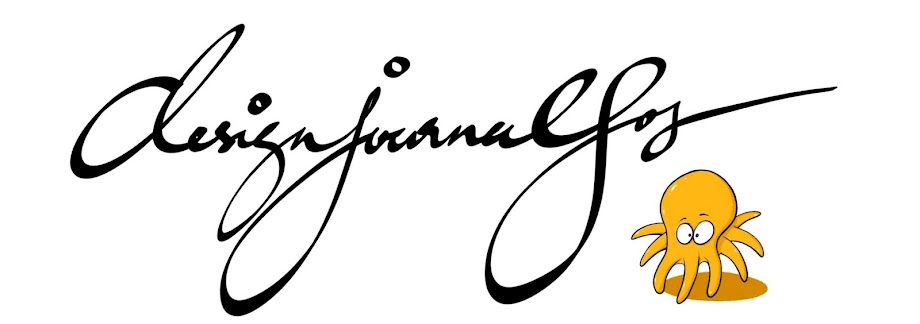2) Click 'here' for Secondary ONE - 2015 - "A (Simple) Wood Note Holder (Starter) Project" & Drawing Practice.
.........................................................................................................
Dear Secondary ONE students,
Read on and you will find classroom slides, steps and guides to complete your Design Journal.
Regards
mrdanielsos
.........................................................................................................
NOTE: Students are not given printed templates. All images shown are classroom slides. Students copy (when necessary) and complete their work in A4 sketchbooks which is now called a 'Design Journal'.
We began with a design brief. A design brief is a concise statement that spells out clearly what the project is all about.
You were given a partially completed Design Brief (Fig. 1) to fill in the number of pens or pencils you wish the holder to store and where you intended to use the product. Note that the maximum number of pens / pencils is kept at 3 for this project.
Fill in the number of pens and/ or pencils you wish to have. You are also required to provide reasons for your decision. These reasons that you provided are actually the Design Need & Situation which comes before the Design Brief. Note that not all classes will need to complete Design Need & Situation.
Fig. 1
Next we had an example in class where we had to plan a class outing to East Coast on one of the afternoons. We talked about the things we need to consider as a committee like considering the weather, what to bring, what to do, about the transport, etc.
Then we apply the same logic, change our objective and say, "Now we need to design and make a pen/pencil holder, so what are they things we need to consider?"
So we get, "We need to consider how many pens / pencils to store, the materials that we have, how much time we are given to make the product, do we have a budget for additional features, etc".
Each of these points make a factor to consider. (See Fig. 2). Before you begin to make a list of consideration or constraint factors, I find it useful if you would
- recall your design brief and then
- begin with "I must consider..."
For example,
"I need to design and make a pen/pencil holder, I must consider...".
Fill in the blank with 'I must consider - function (i.e. what will the product do), users (i.e. who will be using the product?), cost (i.e. what budget constraint do I have?), etc."
Note: A constraint is a factor that are limitations imposed on a project. For example, time is a constraint because we have to work within a certain time frame to complete the product.
You may refer to Chapter 7.4 Design Considerations in your textbook for better understanding of what we are doing here.
Fig. 2
Fig. 3 below shows an extension of the above activity. Once the relevant statements are written down for every factor that you have listed, it will be good for you to start 'answering' some of those. Extend your mind-map and write those 'answers' in as shown in Fig. 3.
For example,
Function - What will the product do? Answer: The product needs to store 2 pens and 1 pencil. And some space for empty pieces of post-it paper.
Once you complete this stage, writing your list of Design Specifications next is a breeze.
Fig. 3
Read Chapter 7.5 Design Specifications before the next lesson.
If we have a two period lesson next, the other half I'll teach you drawing skills.
Click 'here' for Secondary ONE - 2015 - "A (Simple) Wood Note Holder (Starter) Project" & Drawing Practice.
That is all for now. More updates later.

.jpg)
%2B(Edit).jpg)
%2BEdit.jpg)


No comments:
Post a Comment